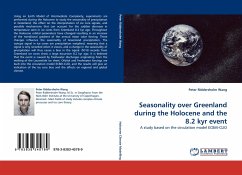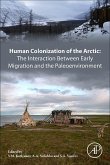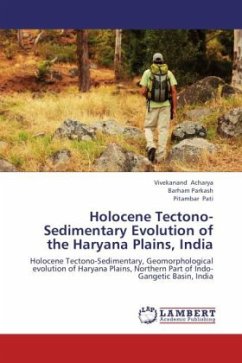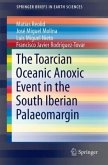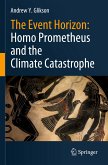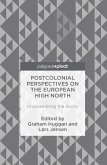Using an Earth Model of Intermediate Complexity, experiments are performed during the Holocene to study the seasonality of precipitation in Greenland, the effect on the interpretation of ice core signals, and possible mechanisms that can account for the sudden decrease in temperature seen in ice cores from Greenland 8.2 kyr ago. Throughout the Holocene orbital parameters have changed resulting in an increase of the meridional gradient of the annual mean solar forcing. These changes influence the seasonality of Greenland precipitation. The isotope signal in ice cores are precipitation weighted, meaning that a signal is only recorded when it snows, and a change in the seasonality of precipitation will thus cause a bias in the signal. O18 records from Greenland ice cores show a large excursion 8.2 kyr ago. It is believed that the event is caused by freshwater discharges originating from the melting of the Laurentide ice sheet. Orbital and freshwater forcings are built into the circulation model ECBilt-CLIO, and the results will give an indication of the ice core bias and the effects on regional and global climate.
Bitte wählen Sie Ihr Anliegen aus.
Rechnungen
Retourenschein anfordern
Bestellstatus
Storno

